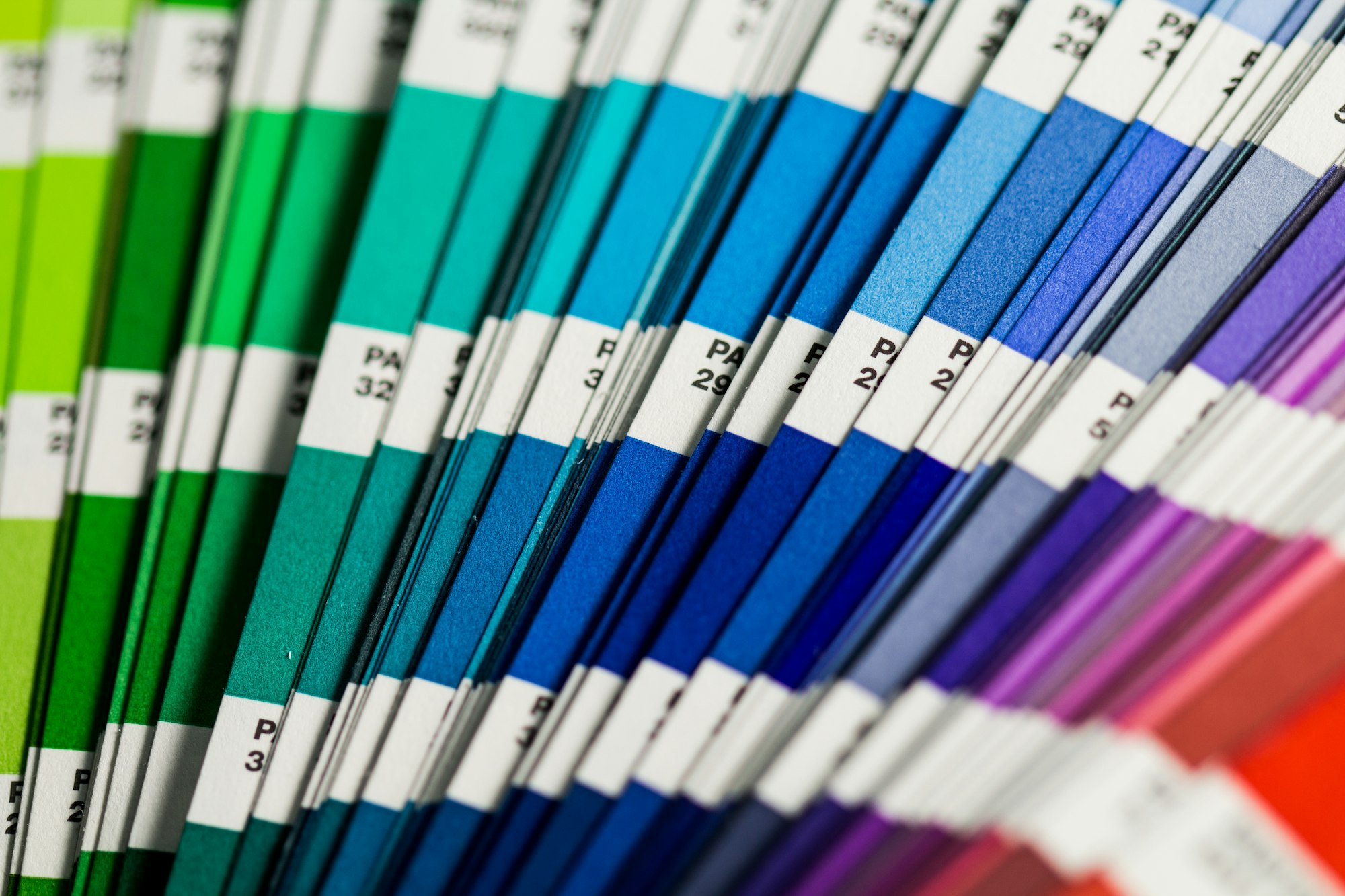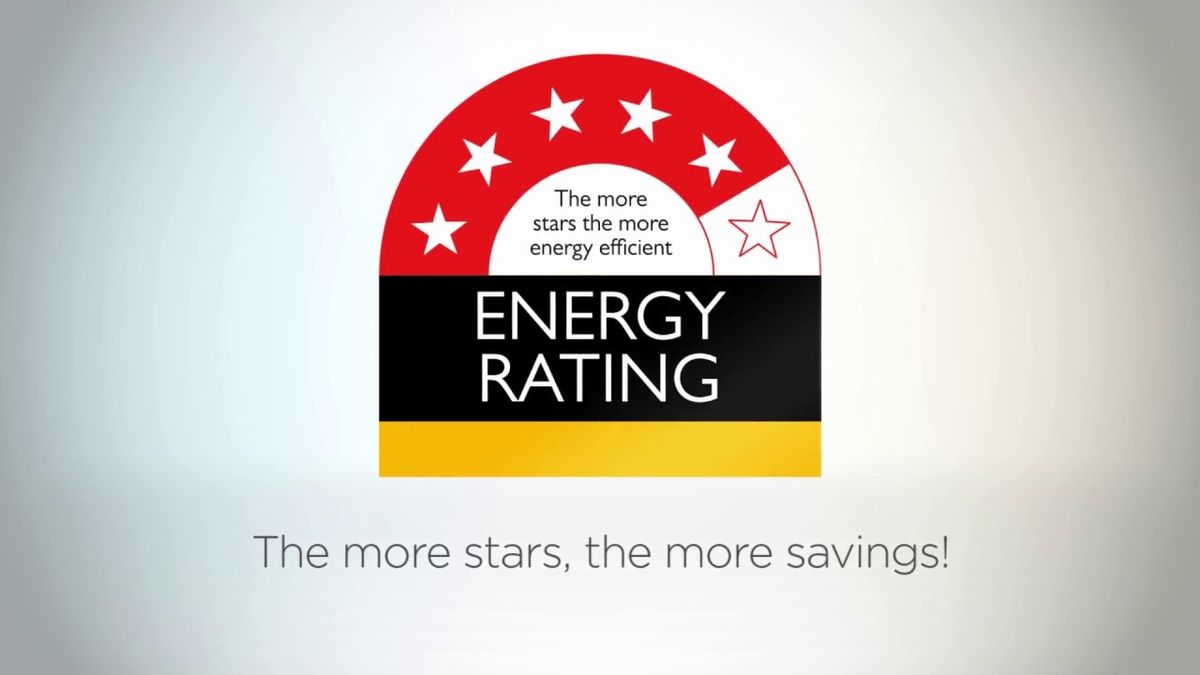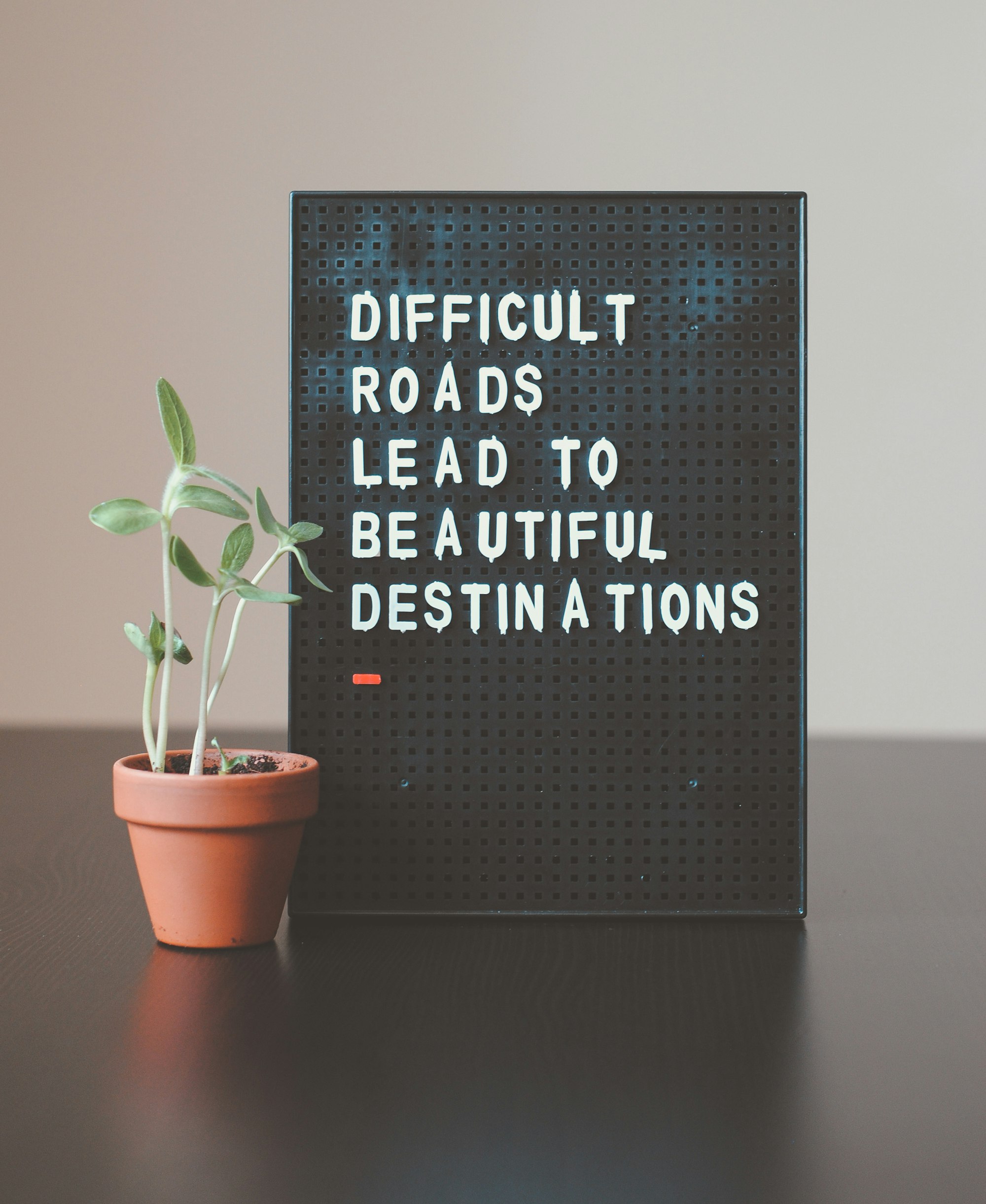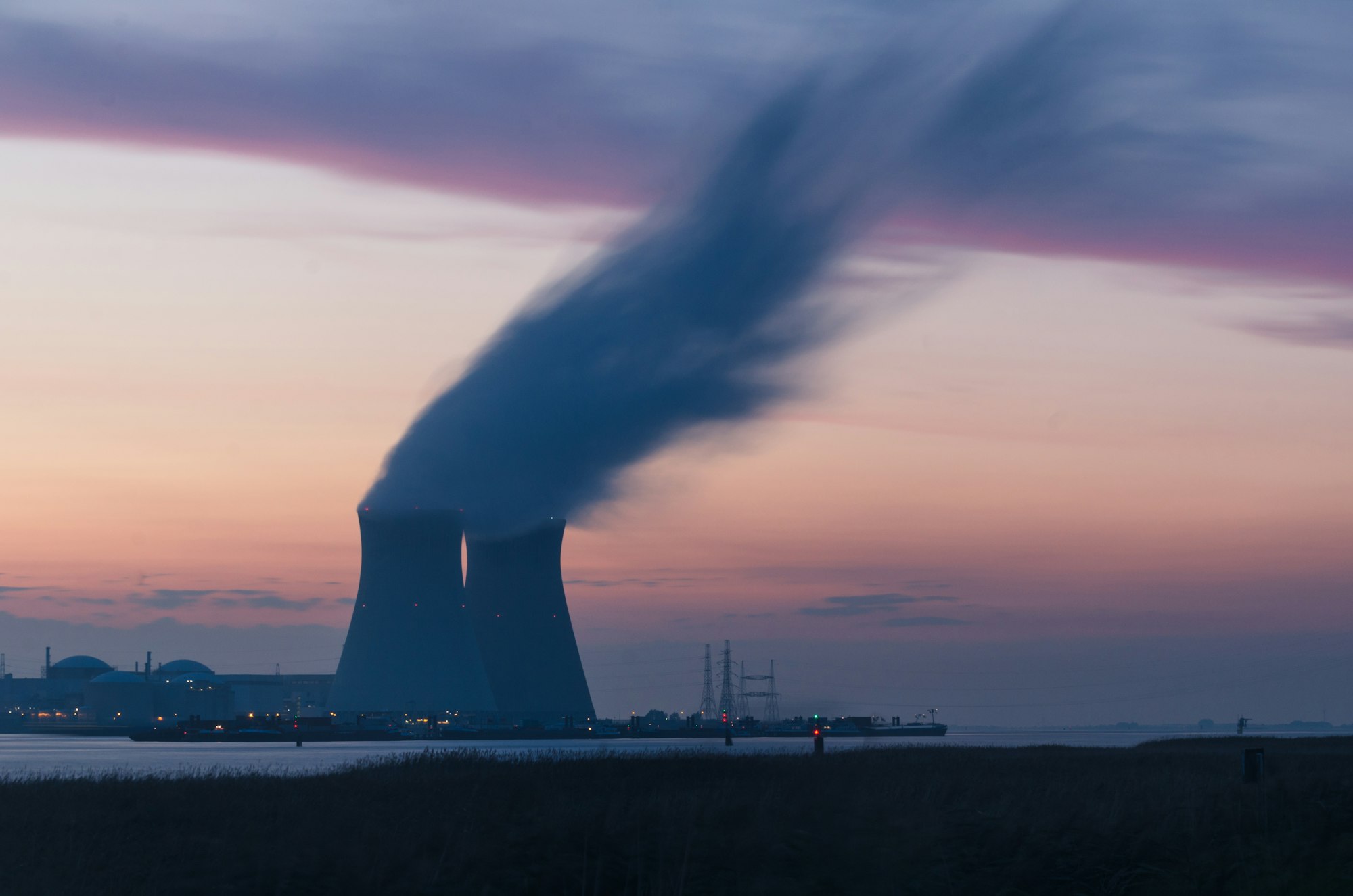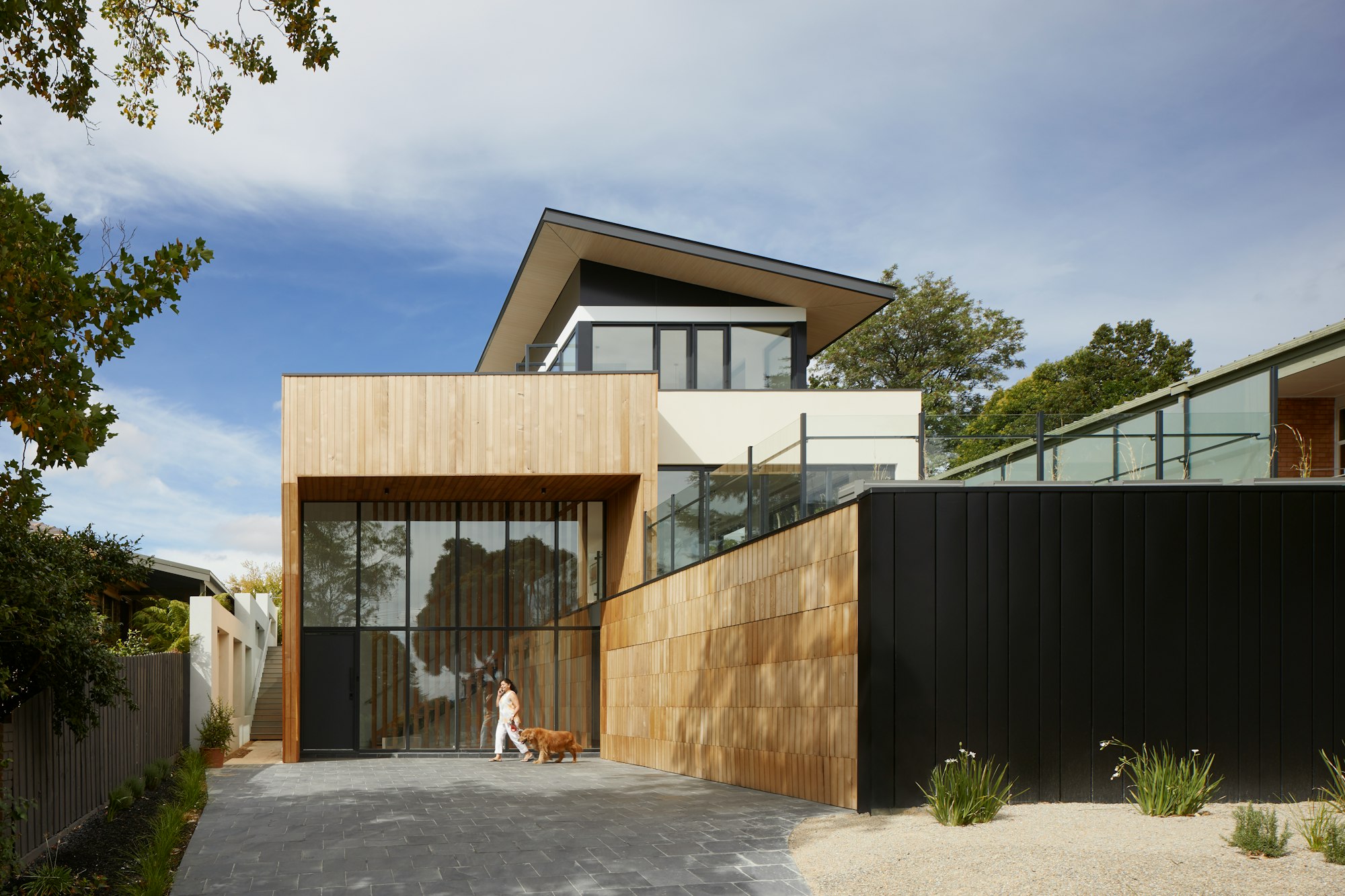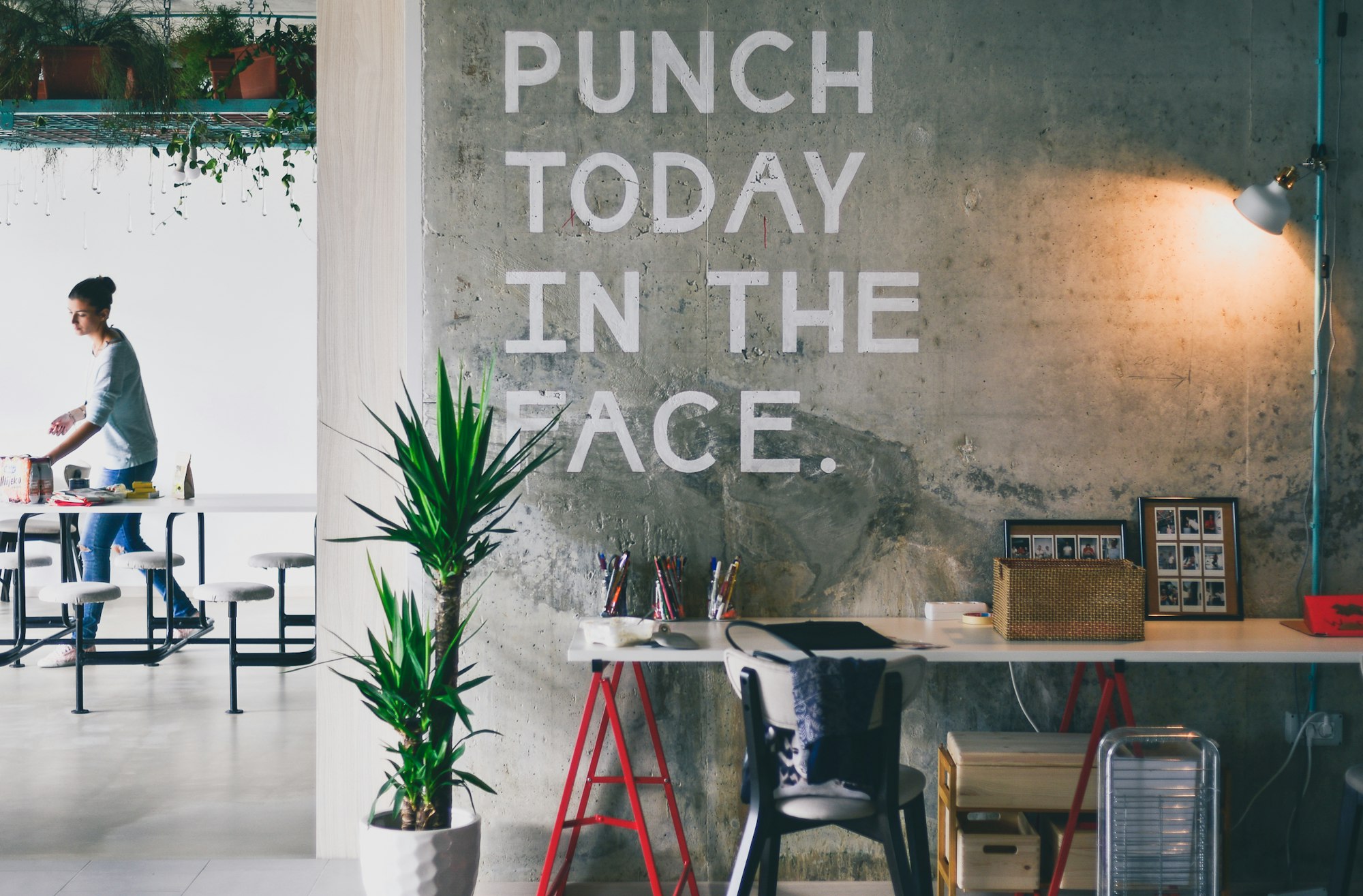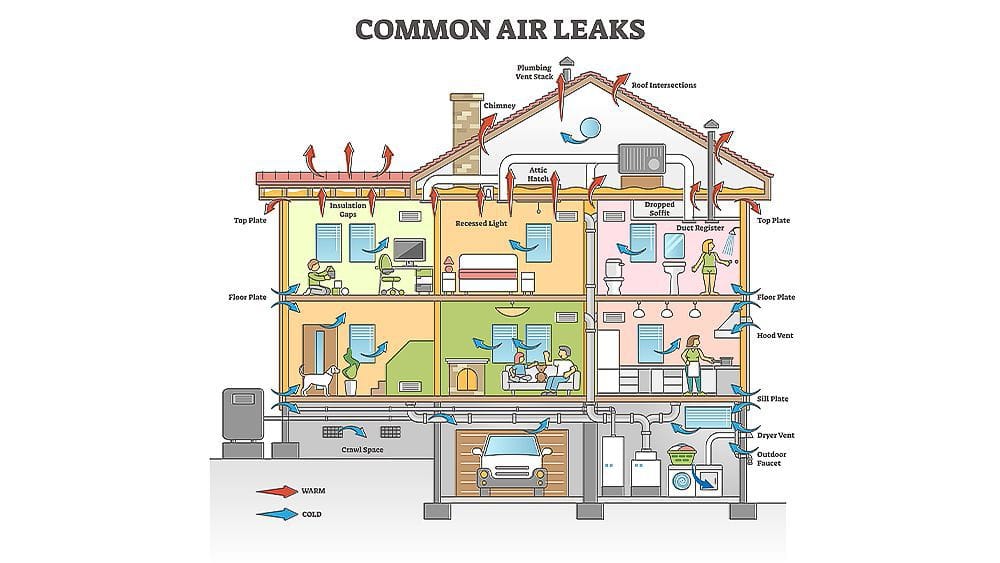Introduction
As Australian cities expand, urban heat islands have become a subject of intense scrutiny. These are urban areas where temperatures are noticeably higher than their surrounding rural regions, largely due to human activities and infrastructural elements, including building materials and roof colours.
Dark roofs, often considered stylish or aesthetically pleasing, are now under the microscope. These shades may be contributing to the aggravation of the urban heat island effect. The colour of a roof can significantly impact how much heat is absorbed and subsequently radiated into the surrounding environment.
In this article we look into the scientific, aesthetic, and practical implications of roof colours in Australia. It presents an in-depth analysis and differing opinions on whether roof colour contributes to heat in the suburbs and how it fits into the larger tapestry of urban planning and energy efficiency.
It's important to have an informed public debate that considers not just conventional wisdom but also emerging technologies, scientific insights, and global comparisons.

The Science Behind Dark Roofs and Heat
Dark materials, in the realm of physics, are known to absorb more solar radiation than lighter materials. Consequently, they heat up more quickly and retain heat for extended periods, which leads to higher ambient temperatures around such structures.
High-density housing compounds the issue by minimising airflow and shading, thereby trapping heat even further. It's not just about one dark roof but a c of them collectively raising the heat within an area.
Mahsan Sadeghi, an energy scientist, argues that the choice of roof colour has a significant but often overlooked role in determining a home's energy efficiency rating. The darker the roof, the harder your cooling system has to work, thereby increasing energy consumption. Here is a link to Mahsan Sadeghis' paper - ARTICLE LINK.
Dark roofs don't just contribute to higher temperatures but also affect the energy efficiency ratings of buildings.
These ratings are integral for sustainability audits and directly correlate with increased energy consumption and costs.

The Aesthetic Appeal vs. Practicality
Despite the drawbacks, dark roofs have been traditionally popular in Australian architecture. They are often seen as sleek, modern, and a statement of luxury, contributing to their continued preference among homeowners.
Fashion trends play a substantial role in roofing choices, often overshadowing practical considerations like energy efficiency, thermal mass or climatic suitability. Trends from international design shows and architectural magazines significantly influence these choices.
While building codes do touch upon the efficiency aspects of construction, they offer a limited range of colour palettes that don't necessarily prioritise heat reduction.
Although dark roofs have their appeal, it's worth considering the benefits of light-coloured roofs. They are efficient in reflecting solar radiation and offer a fresh aesthetic that can be equally captivating.

The Case for Light-Coloured Roofs
Light-coloured roofs are excellent in reflecting sunlight, thereby reducing the amount of heat absorbed. This leads to lower energy costs and a more comfortable living environment.
Multiple studies have shown a noticeable decrease in ambient temperatures in areas with prevalent light-coloured roofs. This trend underscores the necessity for a shift in public opinion and building practices.
It's not just the colour but also the material that counts. For instance, certain light-coloured metal roofs have shown superior heat-reflecting capabilities compared to their darker counterparts.
There is a growing realisation about the benefits of light-coloured roofs, with more homeowners opting for lighter shades. Public opinion is slowly but surely shifting towards a more energy-efficient approach.

Alternative Solutions and Future Prospects
Smart urban planning can offer alternative solutions to roof colours. Green spaces, for example, can absorb heat and reduce overall temperatures.
Green roofs and solar panels are examples of innovative solutions that are gradually gaining traction. They not only contribute to energy efficiency but also serve aesthetic and functional purposes.
New materials are being developed that can adapt to climatic conditions, changing their colour based on temperature and sunlight, offering a promising avenue for future development.
Adaptive housing designs, where roofs can adjust their properties, are a revolutionary concept. These designs promise to offer the best of both worlds: aesthetic appeal and practical efficiency.

Conflicting Opinions on Roof Colours
In colder regions, dark roofs may still be the preferred choice for their heat-absorbing capabilities, which can reduce heating costs in winter.
The debate is not black and white. There are trade-offs to consider, like the year-round energy needs of a household versus the demands during extreme heat events.
Richard Keech, a noted engineer, suggests a balanced approach. He posits that while light roofs are beneficial, other elements like insulation and ventilation should not be ignored.
A balanced approach that takes into account the local climate, aesthetic desires, and practical needs can yield the best results.

Local and Global Implications
Some local councils are taking the initiative by mandating specific roof colours to counteract the heat island effect. These regulations, although contentious, have shown promising results.
Compared to international practices, Australia's approach towards roof colour appears to be a mixed bag. While some countries have stringent rules, others offer more freedom, providing valuable lessons for Australia.
Policy decisions have a tremendous influence on public behaviour. Effective policies can direct homeowners towards making both aesthetically pleasing and environmentally responsible choices.
The cumulative effect of individual choices can have far-reaching implications for climate change, making it essential for each homeowner to consider the impact of their decisions.

Conclusion
In summary, the choice of roof colour in new housing developments is more than a matter of aesthetics; it has tangible effects on local climates.
Dark roofs, while often chosen for their visual appeal or energy efficiency in cooler weather, contribute to urban heat island formation in Australia.
Balancing aesthetic considerations with climatic impact presents a complex challenge and an opportunity to be more deliberate in design choices. Understanding and addressing these seemingly minor details can contribute to broader environmental well-being as we face increasing climate-related risks.
Further Reading
